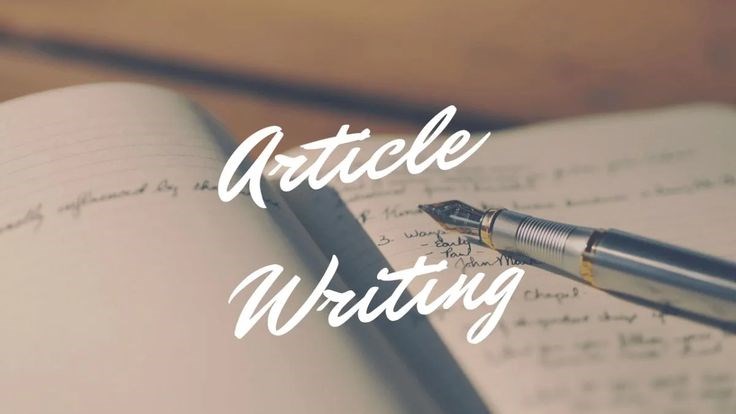Search here

05-Jul-2025 , Updated on 9/8/2025 9:41:40 PM
How to Write an Article in 10 Steps
Identify Target Audience Clearly
It is important to figure out the right target audience. Recognize important demographics, psychographics, pain points, as well as level of knowledge. Knowing the reader makes the content very relevant because it directly answers to a certain need and interest. Make language and depth specific.
Define Article Purpose Precisely
Setting the main purpose of the article determines the scope, format and depth of content. The game plan is already figured out: a specific purpose in mind such as to inform, persuade, instruct or analyze. This makes all the following actions consistent and avoids the unnecessary digressions.
Create Logical Content Structure
Rational organization of the content requires a certain hierarchy defined by headings and subheadings. Ideas should be progressing purposefully with relevant transitions followed by further expansion of the previous ideas. In this organization, the writer flows smoothly taking the readers through understanding and/or digesting the data. Examples or details that are not related or sideline should be dropped to be on target.
Craft Compelling Opening Hook
Grab the reader's instantly by a pertinent statistic, thought-provoking question or dramatic anecdote. This hook marks the relevance of the topic and it creates curiosity in the opening sentence. Its success or otherwise directly determines the amount of time the readers want to spend reading the article.
Develop Core Argument Thoroughly
Proper development of arguments involves intense research and critical thinking. Make the main thesis obvious. Organise the article logically by providing strong evidence according to its claims. Insist on facts rather than anecdotes and so make each further point confirm by another that initial thesis, right up to a certain conclusion, which is well justified.
Integrate Supporting Evidence Effectively
Incorporating supportive evidence requires the choice of relevant sources of high quality. Easily incorporate the facts, figures, quotes or illustrations into the text to immediately support any major argument. It is required to give appropriate attribution. This method gives weight to claims without breaking the text flow of the article.
Refine Content Ruthlessly First
Immediately after drafting, it is necessary to have in-depth editing. Cut out every repetition, poor wording and digression without looking back. Revise so Far as it is possible to reduce language to maximum. This critical pruning formed a powerful foundation of further development, reinforcing the entire article.
Optimize For Reader Experience
Enhancing reader experience should focus on availability and interest. Critical procedures are to organize the material in the form of distinct subheadings, use a scannable format such as short paragraphs and bullet points, and effectively use images. Simple language and the active voice will help to understand and memorize a lot.
Verify Facts And Sources Meticulously
Verification of facts involves cross-checking of all the claims made with several reputable, veritable sources. Focus more on primary sources, journals and recognized agencies. Strictly fact-check the statistics, quotes and allegations, making them accurate and in-context. This is to avoid mistakes, helps in developing credibility and protection against someone giving misinformation.
Perform Final Proofread Rigorously
Strictly analyze the whole paper. Double-check grammar, spellings, punctuations, and facts. Make it logically coherent, apply consistent terms, and use consistent style. This necessary measure helps get rid of mistakes, makes the final result smooth and ensures the expertise and reliability of the work.

Content Writer
Hi, I’m Meet Patel, a B.Com graduate and passionate content writer skilled in crafting engaging, impactful content for blogs, social media, and marketing.
Comments
Join Our Newsletter
Subscribe to our newsletter to receive emails about new views posts, releases and updates.
Copyright 2010 - 2025 MindStick Software Pvt. Ltd. All Rights Reserved Privacy Policy | Terms & Conditions | Cookie Policy